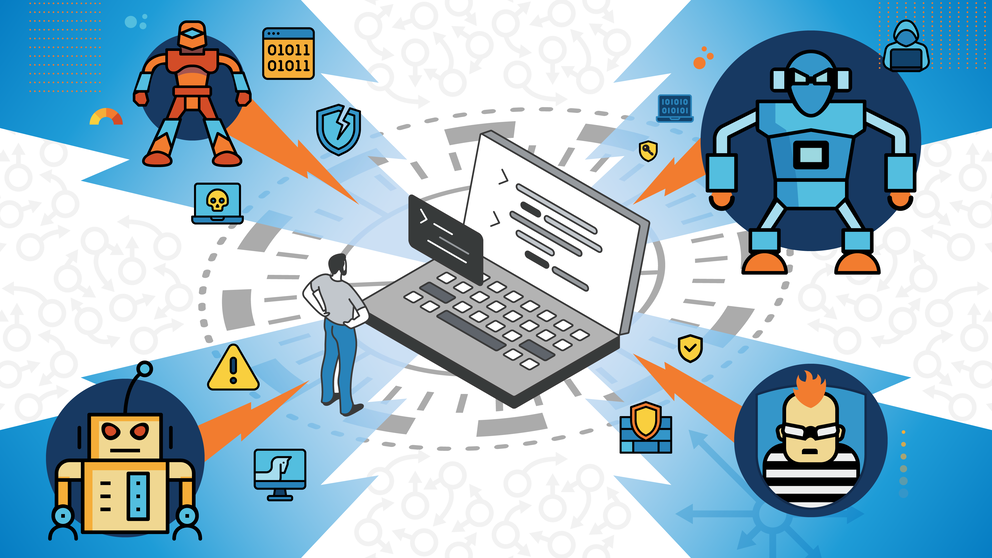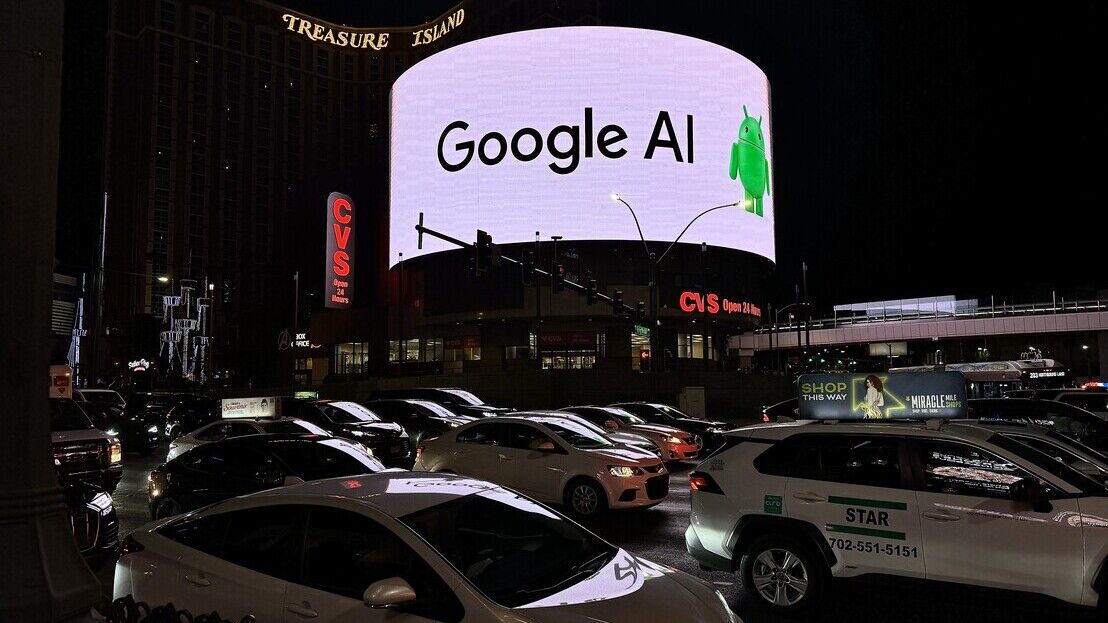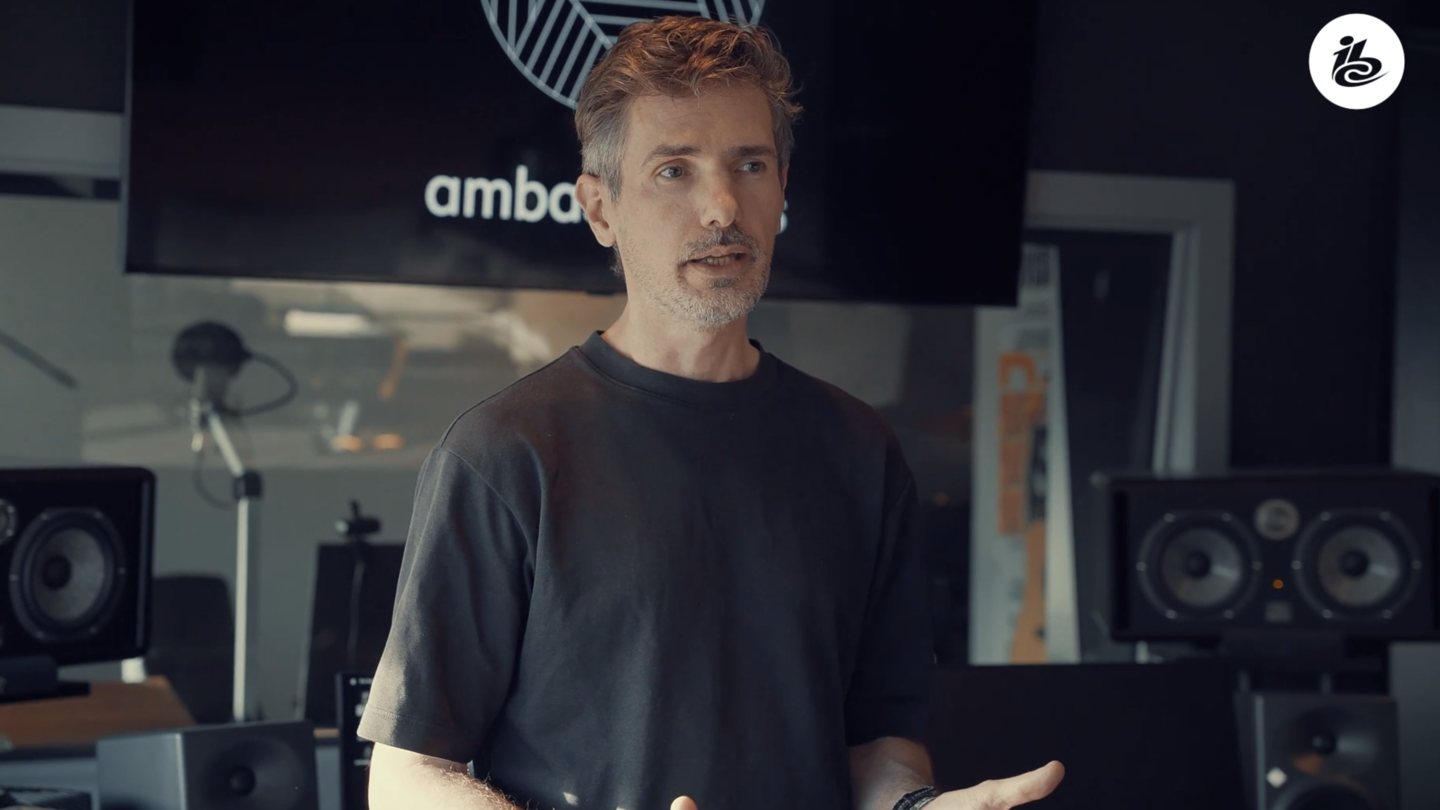In January 2020, when global pandemics were thought only to happen in movies, the Consumer Electronics Show (CES) attracted a staggering 171,000 visitors.
But a year and a virus later, CES was a shadow of itself as it struggled to replicate the show online. Even when the show returned as an in-person event in 2022, it did so at a quarter of its previous size.
Since then the Consumer Technology Association (CTA) has done a great job of rebuilding the show. This year attendance was over 135,000, and the number of exhibitors almost back to 2019 levels - boosted by the growing number of European and Asian startups that now make the trip.
A busy show made for high energy levels, and as a crowd gathered waiting for the doors to open on the first morning, everyone felt sure they knew what was about to greet them. This was going to be the CES of generative AI...
You are not signed in
Only registered users can read the rest of this article.

What drives global viewership? Key insights from 2024
Laura Ghisiglieri, Global Development & Marketing Director at BB Media, presents the key findings from the company’s ‘Streaming 2024: New Platforms and Global Trends’ report.

Life on the edge: protecting the value of algorithms
Neal Michie, Director of Product Management at PACE Anti-Piracy, discusses how intellectual property in the form of algorithms deployed on the edge can be reverse engineered and stolen, and how a white-box solution can prevent this process from taking place.

Measurement, currencies and walled gardens: how do we solve the video industry’s headache?
Ophélie Boucaud, Principal Analyst - Media & Telecom at Dataxis, provides a European perspective on overcoming the current challenges associated with fragmented viewer and advertising metrics.

How can broadcast engineers keep pace with seismic shifts in the media tech landscape?
IT-based broadcasting is continually evolving and engineers face new challenges in key growth areas such as IP-based production and cybersecurity. John Maxwell Hobbs breaks down the resources at hand to help broadcast engineers stay on top of their game.

Overcoming 5G capacity and latency issues for live production
What are the main considerations for using 5G for live production? David Thompson, DPP’s Technologist Strategist, provides an oversight of key pointers and potential pitfalls when adopting 5G.





